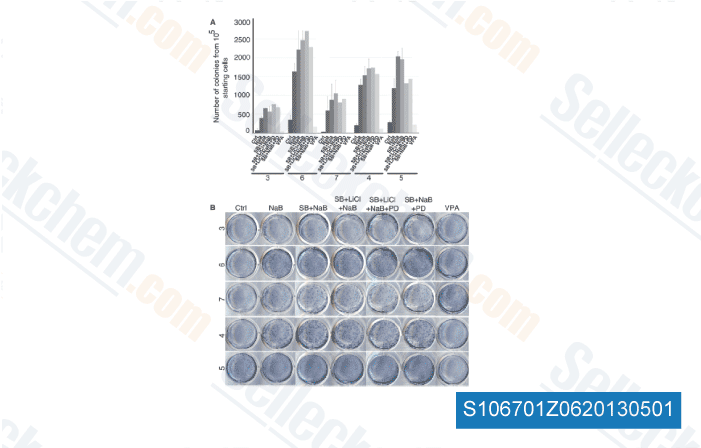Evaluation on the Tgp35 mice revealed a significant raise in p35 mRNA likewise as in p35 protein amounts, There was a three fold improve in Cdk5 activ ity within the trigeminal ganglia of Tgp35 mice compared using the wild style mice, The Tgp35 mice also showed a significant improve in p35 mRNA and protein ranges as well as in Cdk5 activity in brainstem and in brain, The evaluation from the p35 mice showed nearly undetectable p35 mRNA and protein levels and substantially de creased Cdk5 activity in tissue homogenates from your trigeminal ganglia, brainstem, and brain, as com pared to controls, The p35 expression amounts and Cdk5 activity correlated with the mouse genotype, hence confirming that the p35 level may be the limiting element for your Cdk5 activity, Normal motor coordination and locomotion in Tgp35 and p35 mice Having established the p35 expression ranges plus the Cdk5 exercise in Tgp35 and p35 mice, we determined irrespective of whether this distinction in expression and exercise of Cdk5 p35 could impact the motor coordination and loco movement of these genetically modified animals.
We did not observe any motor deficit using the acceleration test with rotarod when the rotation was set to accelerate from four to forty rpm through the defined time period of time. The common latency to drop from the cylinder was 269 sec onds in Tgp35 and 274 seconds in wild kind FVBN con trol mice, ATP-competitive Syk inhibitor respectively, Similarly, no considerable variation from the fall latency was observed in p35 mice, There have been no considerable differ ences while in the fall latency through the testing employing the con stant rotation velocity.
The p35, Tgp35, and their respective, selleckchem wild type controls showed no motor deficits as evident from the indicate time invested about the rotarod, Standard anxiousness degree and exploratory behavior in Tgp35 and p35 mice Before carrying out the orofacial operant assay on these mice, we also assessed nervousness,  exploratory action, and stereotypical behavioral using the open area check. Neither horizontal or vertical action was affected during the p35 or Tgp35 mice, in comparison for the control mice. Because the middle of the non familiar arena is anxiogenic for rodents, nervousness was studied by analyzing the time invested and total distance travelled from the middle of your cage. There have been no sig nificant variations within the time spent while in the center of the cage also because the center distance travelled by the Tgp35 and their littermate controls, along with the p35 and wild kind C57 mice con trols, There were also no major adjustments while in the stereotypical behavioral or time spent with the unique corners of the action cage, indicating that the difference in the p35 levels did not lead to any change in anxiety or ex ploratory behavior in the mice.
exploratory action, and stereotypical behavioral using the open area check. Neither horizontal or vertical action was affected during the p35 or Tgp35 mice, in comparison for the control mice. Because the middle of the non familiar arena is anxiogenic for rodents, nervousness was studied by analyzing the time invested and total distance travelled from the middle of your cage. There have been no sig nificant variations within the time spent while in the center of the cage also because the center distance travelled by the Tgp35 and their littermate controls, along with the p35 and wild kind C57 mice con trols, There were also no major adjustments while in the stereotypical behavioral or time spent with the unique corners of the action cage, indicating that the difference in the p35 levels did not lead to any change in anxiety or ex ploratory behavior in the mice.
Analysis from the Tgp35 mice unveiled a significant maximize in
No comments:
Post a Comment